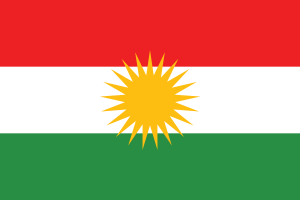Language/Central-kurdish/Grammar/Conditional-Mood
Hi Central Kurdish learners! 😊
In today's lesson, we will be discussing the conditional mood in Central Kurdish. The conditional mood is used to express a hypothetical situation or an event that could happen in the future. It is important to understand the conditional mood in order to communicate effectively in Central Kurdish.
Take some time to dive into these other pages after completing this lesson: Future Tense, How to Use Have & Adjectives.
Overview[edit | edit source]
The conditional mood is formed by adding the suffix -e to the verb stem. For example, the verb stem for the verb "to go" is "bijî" and the conditional form of this verb is "bijîe".
Formation[edit | edit source]
The formation of the conditional mood is quite simple. To form the conditional mood, you just need to add the suffix -e to the verb stem. For example, the verb stem for the verb "to go" is "bijî" and the conditional form of this verb is "bijîe".
Usage[edit | edit source]
The conditional mood is used to express a hypothetical situation or an event that could happen in the future. For example, if you wanted to say "I would go to the store", you would use the conditional mood and say "Ez bijîem îxlê".
Examples[edit | edit source]
Here are some examples of the conditional mood in action:
- Ez bijîem îxlê - I would go to the store
- Tu dikarî biçînî xwarinê - You could go get food
- Wî dikarî bibîne - He could see
- Ez dikarî bibînim - I could see
If you have any questions, please ask them in the comments section below.
Feel free to edit this wiki page if you think it can be improved. 😎

